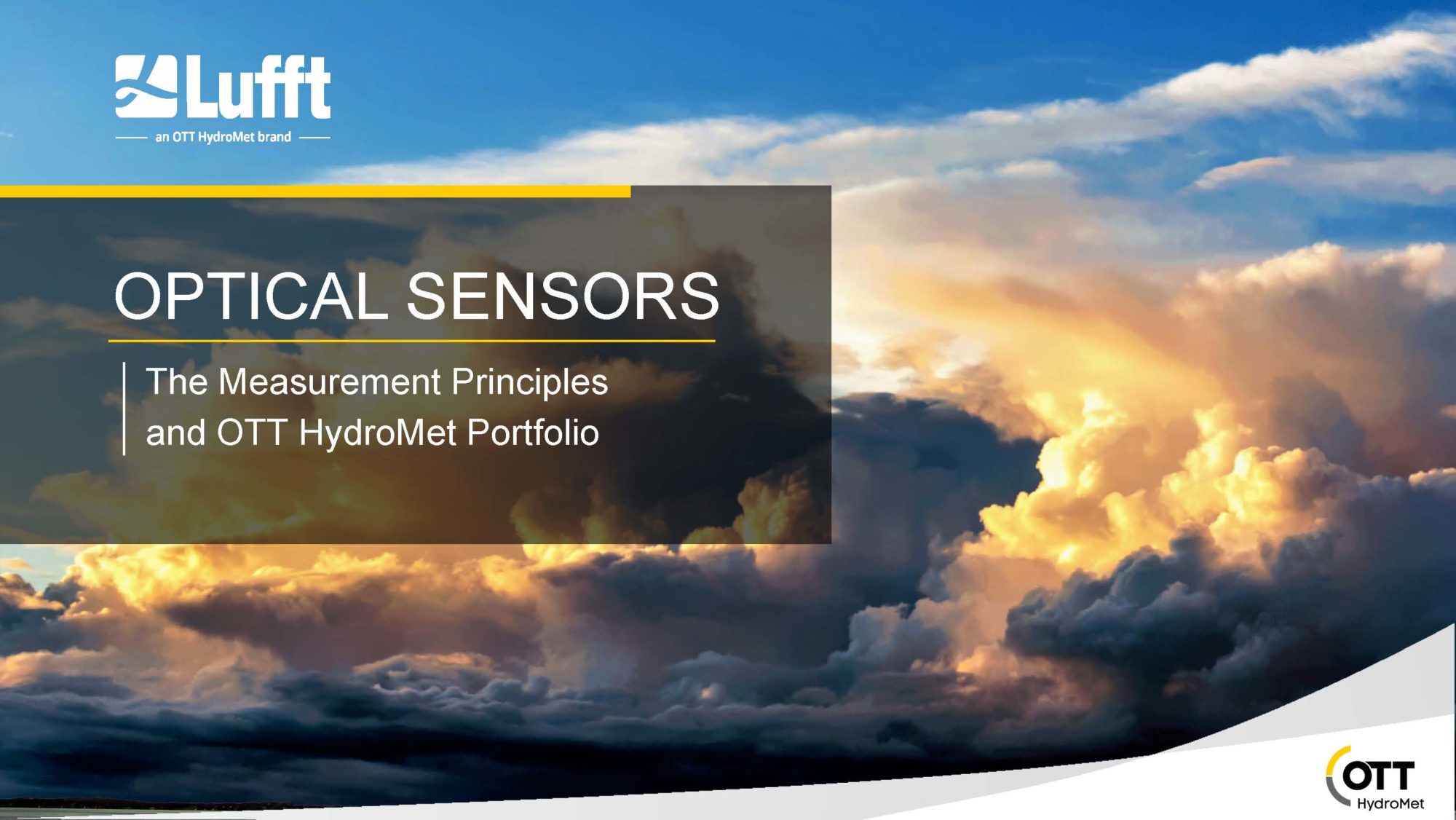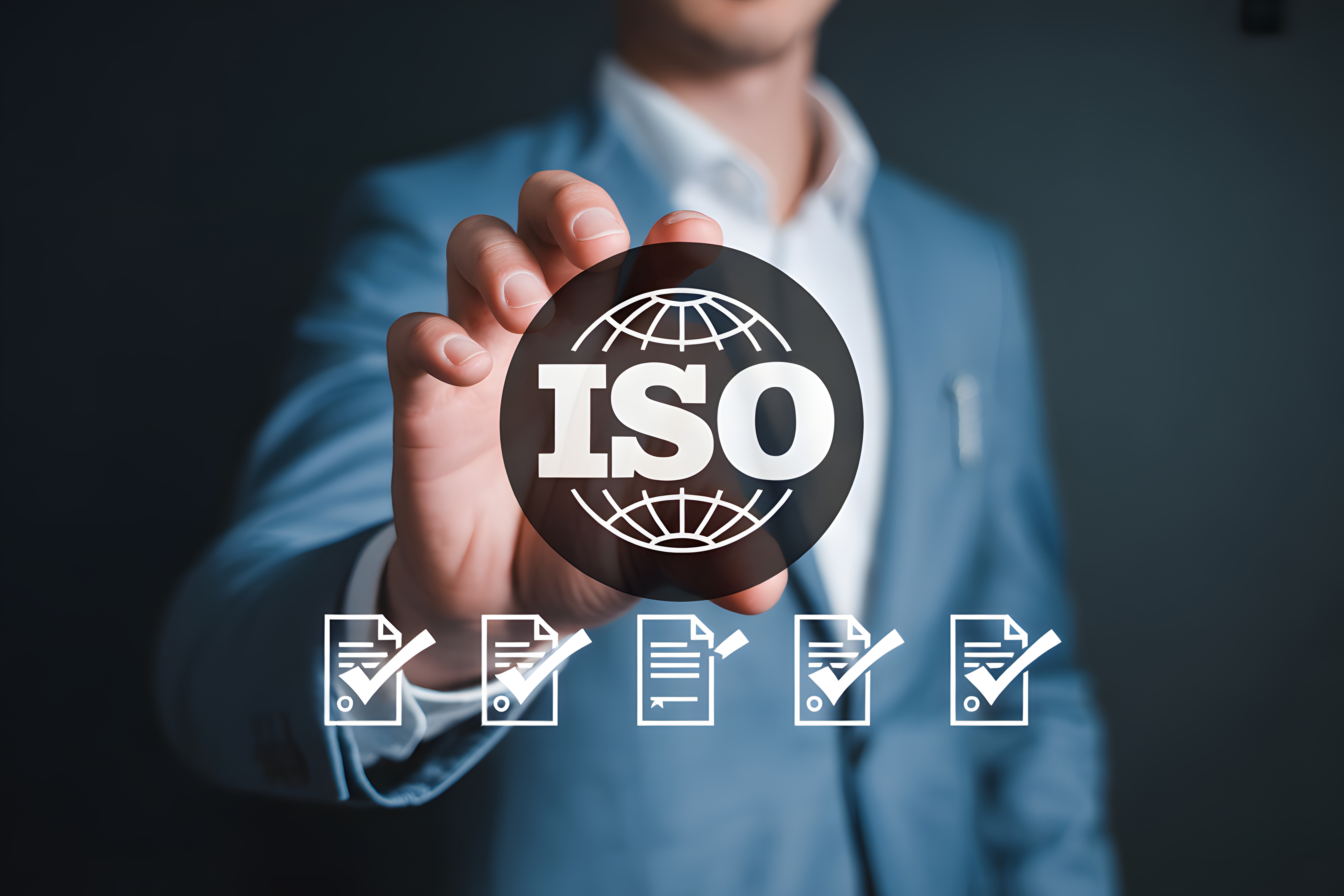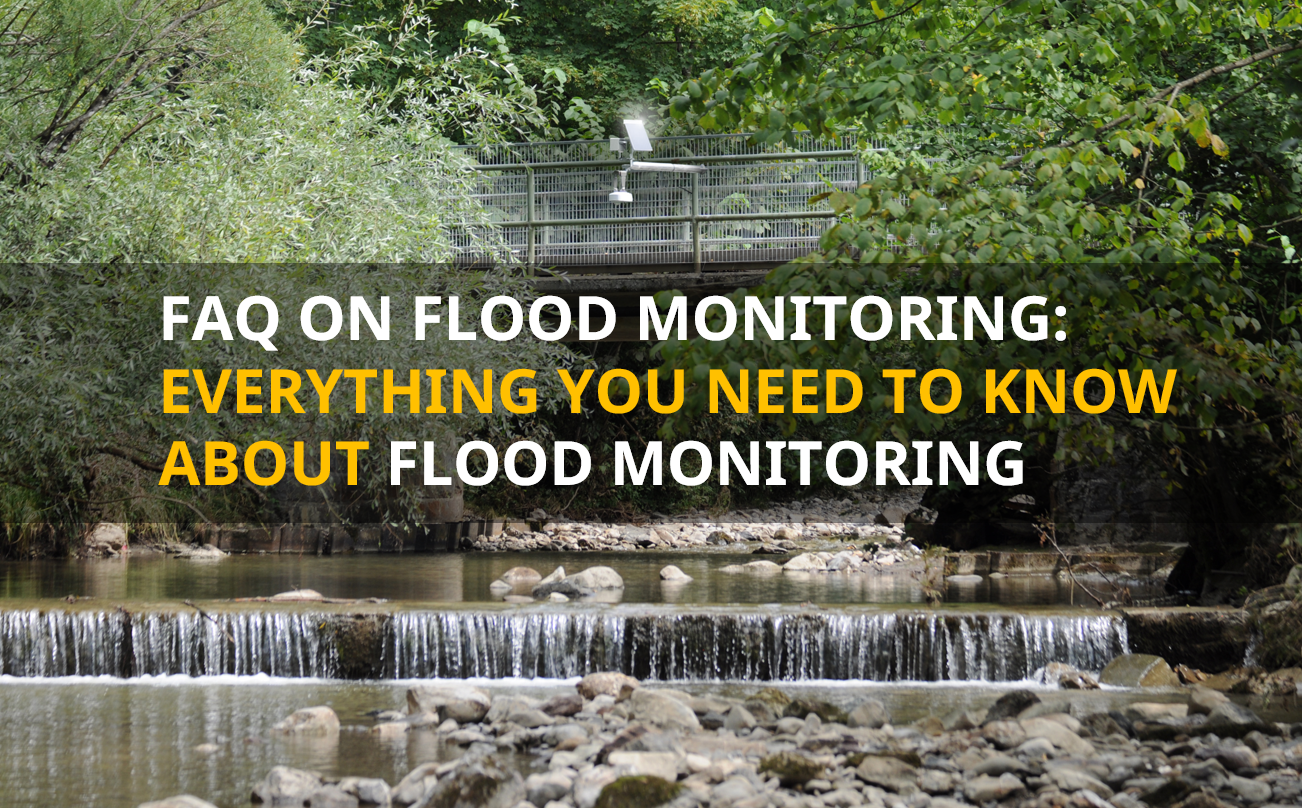Optical sensors convert rays of light to electronic signals which can be utilized by different measurement principles. They offer the possibility of contactless measurement and are easy to install.
Lufft sensors are used around the world because of their efficiency, ease of use, and minimal disturbance to the immediate environment. The versatility of the optical measurement principles enables our optical sensors to be used in various applications, including airports, roads, research and even in the snowy climes of Antarctica.
Joachim Schug, Chief Meteorologist of MeteoGroup Switzerland underlined the value of our sensors at the Alpine Ski World Cup: ‘The Lufft SHM31 at Chuenisbaergli helps the Ski World Cup team enormously! Depending on the amount of new snow, more or less manpower is needed to clear the snow.’
Our Optical Sensors Guide provides you with an overview of our optical sensors as well as their application areas. This includes the snow depth sensor SHM31, the ceilometers CHM 15k and CHM 8k, the visibility sensors VS20k and VS2k as well as the optical road weather sensors MARWIS and StaRWIS.



